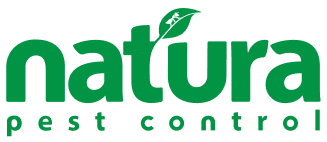“A stitch in time saves nine” – so goes the famous saying. Believe it or not, it’s a saying that holds particular truth when it comes to dealing with pests.
On average, about 84% of homeowners in the United States will deal with a pest problem over the course of a year.
From spiders to ants, rats to cockroaches, pests can certainly be a nuisance – but the good news is that despite how common they are, you don’t have to just grin and bear it.
As the saying above goes, a few simple actions now can prevent a major pest disaster later on.
Want to learn how to prevent pests? Consider this your ultimate roadmap.
Which Rooms Are Most Vulnerable to Pests?
No matter the species, pests are opportunistic creatures, and they’ll seize any chance to invade your space. To make sure your entire home remains pest-free, pay attention to each room and the unique challenges it presents.
The kitchen is the most obvious culprit, since this is where food and water sources can both be found. Likely one of the highest-traffic areas of your home, it’s a prime target for pests like ants and fruit flies.
Bathrooms, for instance, are prime real estate for moisture-loving pests like cockroaches and drain flies (in addition to other issues like mold and mildew). Fix any leaks promptly and use a dehumidifier to maintain the ideal humidity levels. Keep an eye out for water damage, which can also create the perfect breeding ground for pests.
Basements and attics are often neglected areas, but they, too, can easily become hiding spots for pests. Store items in plastic bins with tight-fitting lids and keep these spaces well-ventilated to prevent humidity buildup. Periodically check for signs of pests.
Outdoor spaces shouldn’t be overlooked either. Trim overgrown trees and bushes, and remove any standing water where pests might breed.
Start With Proper Sanitation
When it comes to keeping pests at bay, cleanliness really is next to godliness. Pests are often drawn to homes by the promise of food and shelter, a haven they find in messy kitchens and cluttered corners. By maintaining a clean environment, you’ll remove the incentives that pests are looking for in the first place.
The best place to start is in the kitchen, which can be a paradise for pests if left unchecked. Wash your dishes promptly and store food in airtight containers to prevent easy snacking opportunities.
Regularly clean up crumbs and spills, and don’t forget to empty the trash frequently. Even that innocent-looking fruit bowl can attract unwanted attention, so make sure to refrigerate ripe fruit or consume it promptly.
Don’t overlook the importance of regular cleaning in other areas of your home, too. Vacuum carpets, sweep floors, and wipe down surfaces regularly to remove any trace of food that might lure pests inside.
Outside, keeping your yard tidy by trimming bushes and mowing the lawn will also discourage pests from getting too close for comfort. Remember, a clean home is a less attractive target for pests looking to settle down.
Seal Up Entry Points
Imagine trying to keep water from flooding into your house through a screen door – it’s not going to end well. Even the cleanest home is vulnerable to pests sneaking in through tiny cracks and gaps. The key to keeping them out is sealing off these entry points, creating a barrier that makes it difficult for pests to enter.
Begin by inspecting your home’s exterior for cracks and gaps in the foundation, walls, and windows. Use caulk or weatherstripping to seal these openings, paying special attention to areas where utility lines, cables, and pipes enter your home.
Don’t forget to check the attic and basement for any potential entry points. Even small openings around vents and chimneys can be sealed with mesh or metal flashing to keep critters out. Mice can fit into a space as small as ¼” in diameter, while insects can get through openings that are even tinier. Seal things up tight!
Take a look at your doors and windows, too. Make sure they have tight-fitting screens and repair any damaged ones promptly. Install door sweeps on exterior doors to eliminate gaps where pests might creep in.
Regular Pest Inspections: Your Best Defense
While sanitation and sealing entry points are great first steps, regular pest inspections are the secret weapon you need to have in your pest prevention arsenal. By identifying potential issues now, before they become major problems, you can save yourself time, money, and headaches in the long run.
Schedule routine inspections with a professional pest control service to catch any early signs of infestations. These experts have the experience and knowledge to identify vulnerabilities and offer tailored recommendations to fortify your home against pests. They can also help you develop an ongoing prevention plan to keep your home protected year-round.
In addition to professional inspections, make a habit of conducting your own regular checks. Keep an eye out for telltale signs like droppings, gnaw marks, or unusual odors, and take action if you notice anything amiss.
A Pest-Free Future Starts with Planning
Ultimately, preventing pests is all about being proactive. By adopting good habits and staying vigilant, you can ensure your home remains a sanctuary free from unwanted visitors. Cleanliness, sealing entry points, and regular pest inspections are the building blocks of a pest-free home, but they aren’t the only steps you can take.
Consider integrating natural deterrents into your routine, such as planting pest-repelling herbs like mint and lavender around your property. Essential oils like peppermint and tea tree oil can also serve as effective, non-toxic pest repellents when used correctly.
And remember, while DIY pest prevention efforts can go a long way, enlisting the help of professionals can provide an extra layer of protection and peace of mind. Expert pest control services, like our team at Natura Pest Control, offer advanced solutions tailored to your specific needs in the Vancouver-Portland Metro area.
Protect your home, protect your family, and protect your peace of mind with a little foresight and the right strategies. Now that you know how to prevent pests, you’re on your way to a secure, happy home.



